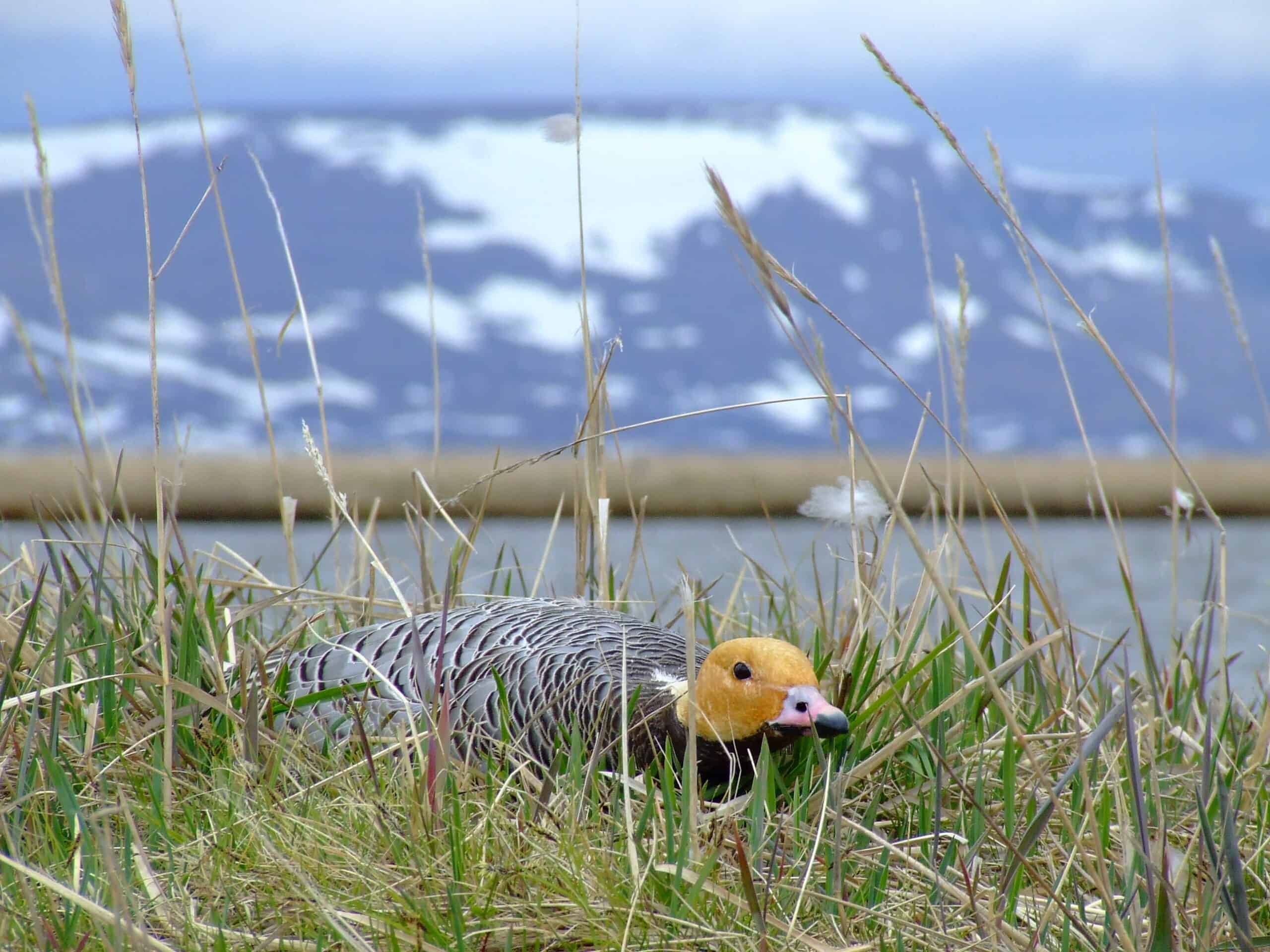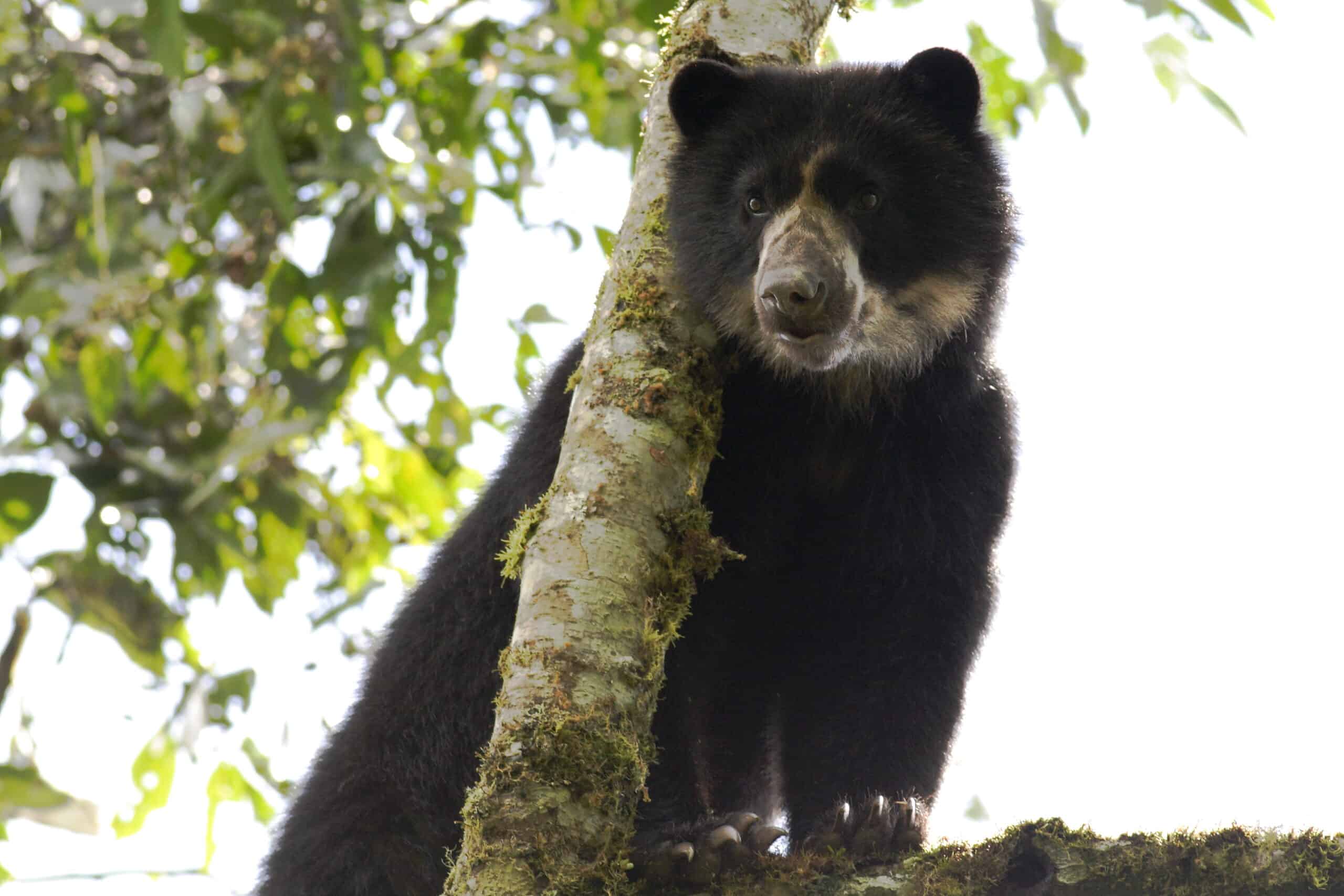Share this article
TWS2020: Tracking pangolins to improve conservation
Researchers are honing wildlife tracking methods to detect pangolins, the world’s most trafficked animals, in an effort to better inform their conservation in Central and West Africa.
“There are many recent efforts to try to help conserve pangolins, but the lack of information about pangolin distribution across their range is making pangolin conservation very challenging,” said TWS member Ichu Ichu, a master’s student in wildlife, fisheries and aquaculture at Mississippi State University, who presented a poster on his ongoing research at The Wildlife Society’s virtual 2020 Annual Conference.
Pangolins are trafficked in large quantities, since their scales are believed to have medicinal properties in parts of Asia despite the fact that their scales are made of the same material as human nails. Their meat is also eaten as a delicacy in parts of Africa and Asia. The animals also suffer problems related to habitat loss to development in sub-Saharan Africa.
“Pangolins are very extraordinary creatures, as they are the only scaly mammals in the world today. But unfortunately, pangolins are the most trafficked wild animals with up to 1 million pangolins estimated to have been trafficked in one decade,” Ichu Ichu said in the video.
Ichu and his colleagues are finishing up a proof of concept study using soil samples taken from pangolin enclosures at a zoo. They are perfecting the ability to detect giant pangolins (Manis gigantean), white-bellied pangolins (Manis tricuspis), and black-bellied pangolins (Manis tetradactyla) using environmental DNA traces found in soil samples under different field conditions. They plan to use this method in the field in Cameroon in 2021.
Ichu said in a follow-up interview that the current plans for the upcoming project in Cameroon involve analyzing soil samples for eDNA, conducting community surveys, and using trail cameras in Campo Ma’an National Park to improve the ability to pinpoint pangolin hotspots.
“For species like pangolins, where we have very limited information, we can learn a lot from the people who have been living with and interacting with these species for a long time,” Ichu said.
The fieldwork is projected to last six months, and the overall goal is to learn ways to improve existing pangolin monitoring tools and help improve methods for determining pangolin distribution more widely in West and Central Africa.
This research was presented at TWS’ 2020 Virtual Conference. Conference attendees can continue to visit the virtual conference and review Ichu’s paper for six months following the live event. Click here to learn about how to take part in upcoming conferences.
Header Image: A white-bellied pangolin moves by a trail camera at night. Credit: Ichu G. Ichu /CARN Grant







